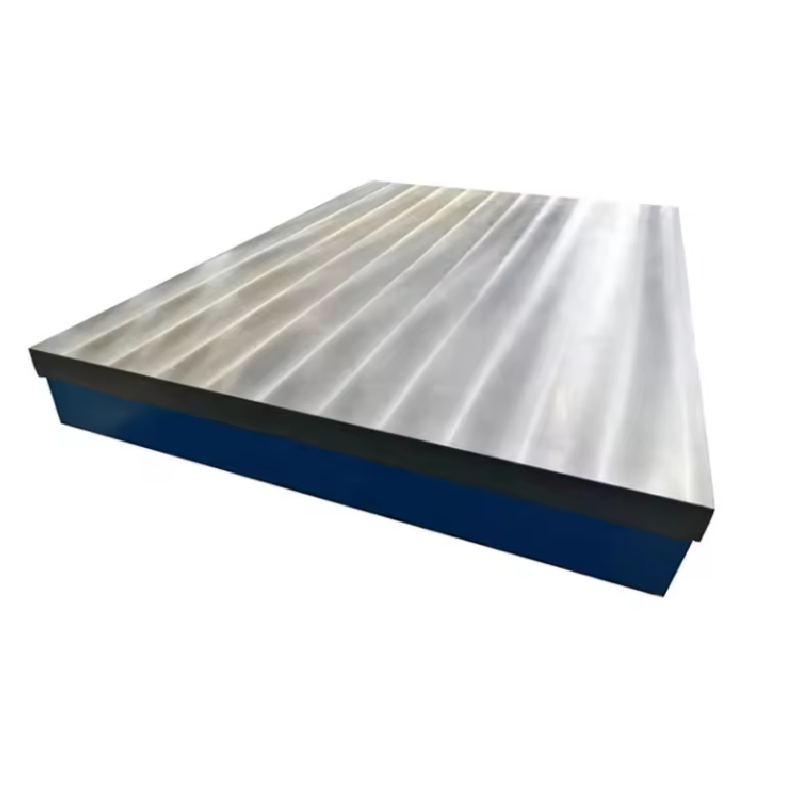Oct . 21, 2024 22:16 Back to list
control valve in hydraulic system
The Role of Control Valves in Hydraulic Systems
Control valves play a pivotal role in hydraulic systems, serving as the instruments that regulate flow and pressure throughout the entire hydraulic circuit
. Understanding their functionality and significance is essential for anyone involved with hydraulic systems, from engineers to technicians and operators.At its core, a control valve is designed to modulate the flow of fluid by varying the size of the flow passage. This modulation can be based on various control signals or pressure differentials, allowing precise control over hydraulic actuators such as cylinders and motors. The effective operation of a hydraulic system often hinges on the performance of these control valves, making them integral components in ensuring system efficacy.
One of the key types of control valves used in hydraulic systems includes proportional valves. These valves provide an output that is proportional to the input control signal. This means that adjustments made by the operator or control system can be implemented smoothly, allowing for a more refined and controllable action of the hydraulic equipment. Proportional valves are particularly useful in applications requiring variable speed and torque, such as in robotics or automotive systems.
Another common type is the pressure relief valve. This valve is crucial for protecting hydraulic systems from overpressure conditions which can lead to equipment damage or catastrophic failure. By allowing a certain amount of fluid to escape back to the reservoir when the pressure exceeds a predetermined limit, the relief valve ensures the system remains within safe operating parameters. This not only extends the life of the hydraulic components but also enhances overall safety.
control valve in hydraulic system

Moreover, control valves can be classified into several categories based on their actuation methods, including manual, mechanical, and electronic actuation. Electronic control valves are gaining popularity due to advancements in technology that allow for more intelligent and automated hydraulic systems. These valves can be integrated with sensors and controllers, enabling real-time adjustments based on system demands and conditions, leading to increased efficiency and reduced energy consumption.
In addition to their basic functions of flow and pressure control, control valves also contribute to the overall efficiency of hydraulic systems. By optimizing flow rates and minimizing energy losses, these valves help improve the performance of the entire system. In industrial applications, for instance, well-tuned control valves can lead to significant energy savings, enhancing the cost-effectiveness of hydraulic operations.
Lastly, the selection and sizing of control valves are critical to the optimal performance of hydraulic systems. Factors such as flow rate, pressure, and type of fluid must be carefully evaluated to choose the right valve. Incorrect sizing can lead to issues such as cavitation or excessive noise, undermining system reliability.
In conclusion, control valves are essential components of hydraulic systems that enable precision, safety, and efficiency. Their ability to regulate flow and pressure not only facilitates the functionality of hydraulic machinery but also contributes significantly to system performance and sustainability. As technology evolves, the role of control valves in hydraulic applications will continue to expand, making them ever more crucial in various industrial and engineering domains.
-
Thread Plug Gauge Requires Careful HandlingNewsJul.29,2025
-
Surface plate calibrationNewsJul.29,2025
-
Ring Gauge Ensures Machining AccuracyNewsJul.29,2025
-
Pad Iron Reinforces Anchor PointsNewsJul.29,2025
-
Ground anchor stabilizes embankmentsNewsJul.29,2025
-
Granite Box Maintains Precision FlatnessNewsJul.29,2025
Related PRODUCTS









